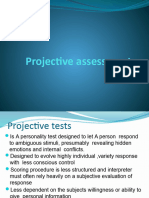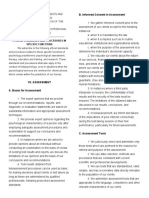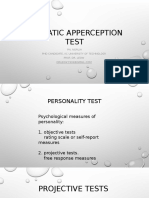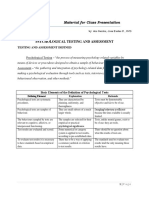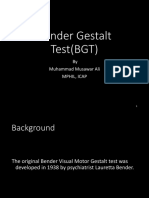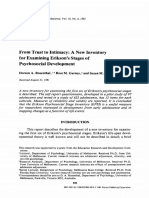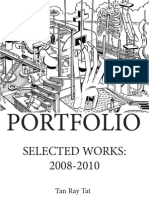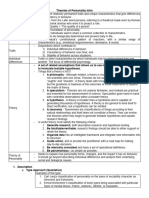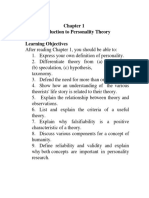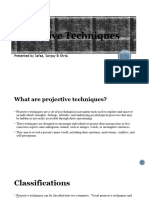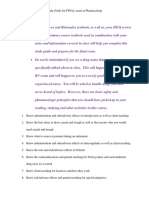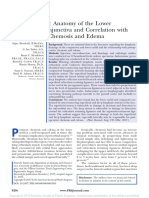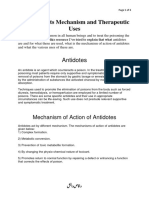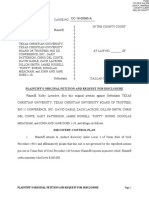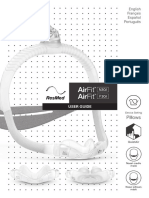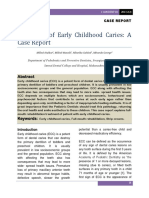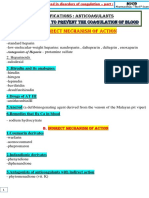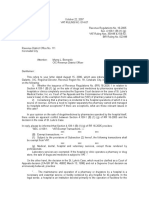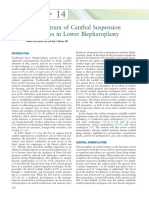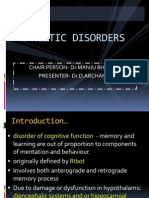100% found this document useful (1 vote)
342 views7 pagesProjective Methods PDF
1. The document discusses projective techniques in personality assessment, which involve making judgements about a person's personality based on their responses to ambiguous or incomplete stimuli.
2. Some commonly used projective tests described are the Rorschach inkblot test, Thematic Apperception Test, word association tests, sentence completion tests, and figure drawing tests.
3. While projective testing is popular, it also faces scientific controversies around its reliability, validity, and susceptibility to contextual influences. Interpretation of results also relies heavily on clinical judgment.
Uploaded by
Gayatri KashyapCopyright
© © All Rights Reserved
We take content rights seriously. If you suspect this is your content, claim it here.
Available Formats
Download as PDF, TXT or read online on Scribd
100% found this document useful (1 vote)
342 views7 pagesProjective Methods PDF
1. The document discusses projective techniques in personality assessment, which involve making judgements about a person's personality based on their responses to ambiguous or incomplete stimuli.
2. Some commonly used projective tests described are the Rorschach inkblot test, Thematic Apperception Test, word association tests, sentence completion tests, and figure drawing tests.
3. While projective testing is popular, it also faces scientific controversies around its reliability, validity, and susceptibility to contextual influences. Interpretation of results also relies heavily on clinical judgment.
Uploaded by
Gayatri KashyapCopyright
© © All Rights Reserved
We take content rights seriously. If you suspect this is your content, claim it here.
Available Formats
Download as PDF, TXT or read online on Scribd
/ 7





